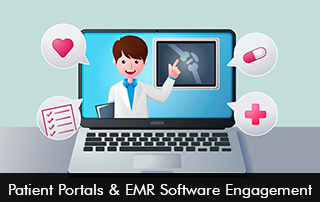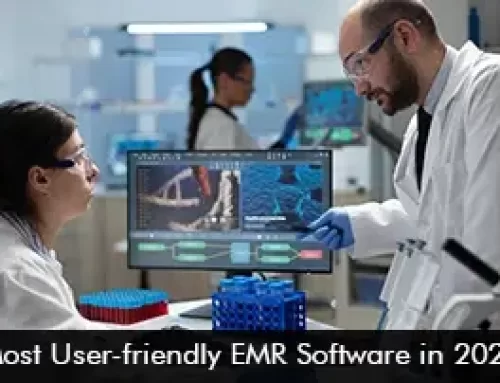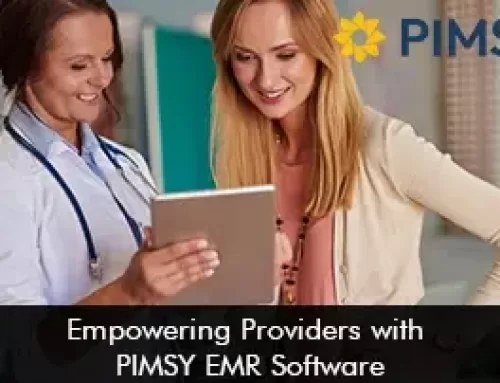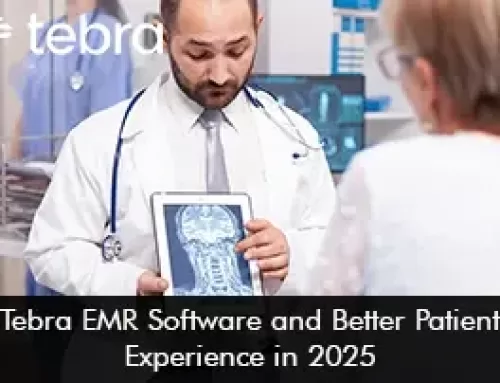EMR software has revolutionized healthcare by digitizing patient records, improving efficiency, and enhancing patient care. However, the true potential of EMR software is unlocked when paired with robust patient portals that facilitate seamless communication between providers and patients.
Engaging patients through these portals is crucial for improving health outcomes, streamlining workflows, and ensuring compliance. In this blog, we’ll explore the importance of Electronic Medical Records (EMR) software engagement, how patient portals enhance this engagement, and best practices for maximizing their use.
The Role of EMR Software in Modern Healthcare
EMR software serves as the backbone of digital healthcare, offering features such as:
-
Centralized Patient Records – Secure storage of medical histories, lab results, and treatment plans.
-
E-Prescribing – Digital prescriptions sent directly to pharmacies.
-
Clinical Decision Support – AI-driven insights for better diagnosis and treatment.
-
Interoperability – Integration with labs, pharmacies, and other healthcare systems.
Despite these benefits, many healthcare providers struggle with low patient engagement, leading to inefficiencies and gaps in care. This is where patient portals come into play.
How Patient Portals Enhance EMR Software Engagement
A patient portal is a secure online platform that enables patients to access their health records, communicate with healthcare providers, schedule appointments, and perform other tasks. When integrated with EMR software, these portals significantly improve engagement by:
1. Empowering Patients with Access to Their Health Data
Patients can view their medical records, lab results, and immunization histories at any time, reducing the need for phone calls or in-person visits. Transparency fosters trust and encourages proactive health management.
2. Streamlining Communication Between Patients & Providers
Secure messaging within the portal enables patients to ask questions, request prescription refills, and receive timely responses—reducing administrative burdens on healthcare staff.
3. Facilitating Appointment Scheduling & Reminders
Automated reminders for appointments, vaccinations, and follow-ups improve adherence to care plans and reduce no-show rates.
4. Enabling EMR Software Telehealth & Remote Monitoring
Many EMR-integrated portals support virtual visits, allowing patients to consult doctors from home—ideal for chronic disease management and post-discharge follow-ups.
5. Enhancing Medication Adherence
Patients can review prescribed medications, set reminders, and request refills, leading to better compliance and fewer complications.
Best Practices to Boost EMR Software & Patient Portal Engagement
Despite their benefits, patient portals often suffer from low adoption rates. Here’s how healthcare providers can improve engagement:
1. Promote Awareness & Education
-
Train staff to explain portal benefits during visits.
-
Use email campaigns, brochures, and in-clinic signage to encourage sign-ups.
2. Simplify the Registration Process
-
Offer one-click registration links via email or SMS.
-
Provide on-site assistance for first-time users.
3. Offer Mobile-Friendly Access
-
Ensure the portal is optimized for smartphones, as many patients prefer mobile access.
4. Personalize the User Experience
-
Use EMR software to send tailored health tips and reminders based on patient history.
5. Incentivize EMR Software Usage
-
Reward patients for completing health surveys, scheduling check-ups, or updating records.
6. Ensure Security & Compliance
-
HIPAA-compliant encryption and multi-factor authentication build trust in the portal’s security.
The Future of EMR Software & Patient Engagement
As technology evolves, EMR software will integrate more advanced features like:
-
AI-powered chatbots for instant patient queries.
-
Wearable device integration for real-time health monitoring.
-
Predictive analytics to identify at-risk patients early.
Providers who prioritize patient portal engagement will see higher satisfaction rates, better health outcomes, and improved operational efficiency.
EMR software is a game-changer in healthcare, but its full potential is realized only when paired with an engaging patient portal. By fostering better communication, improving access to health data, and leveraging automation, providers can enhance patient experiences and streamline workflows.
Investing in patient portal adoption strategies ensures that both healthcare professionals and patients benefit from the digital transformation in medicine. The future of healthcare lies in seamless EMR engagement, and the time to act is now.







